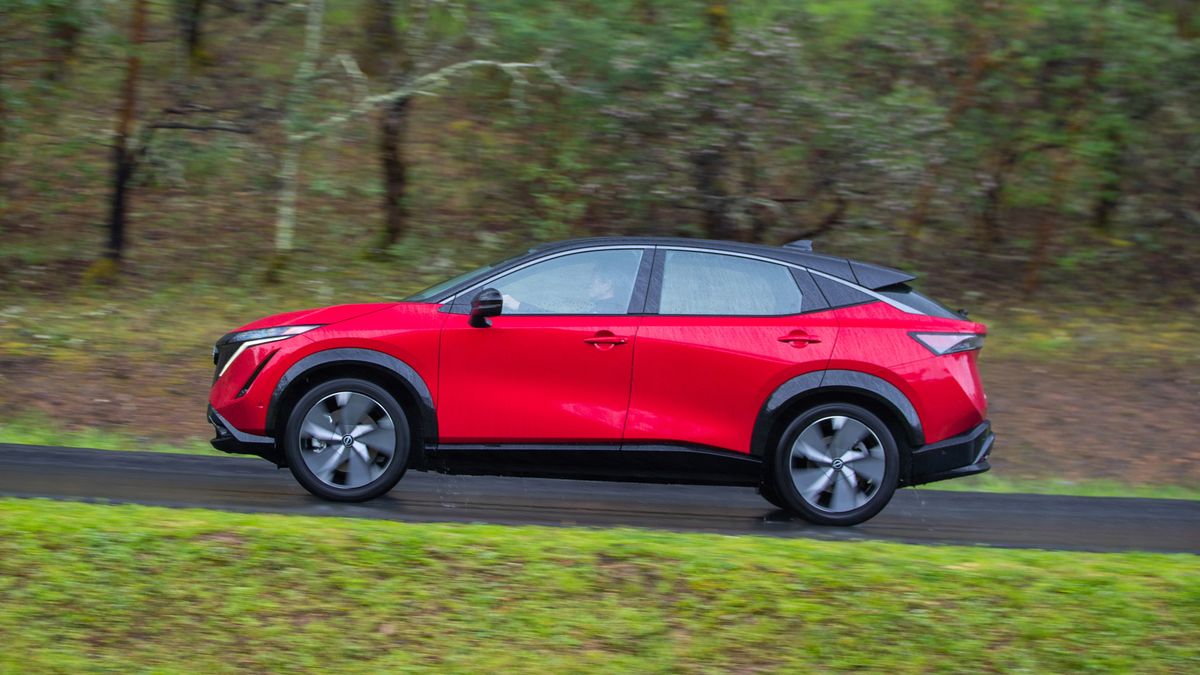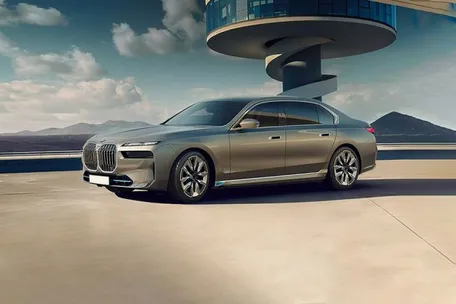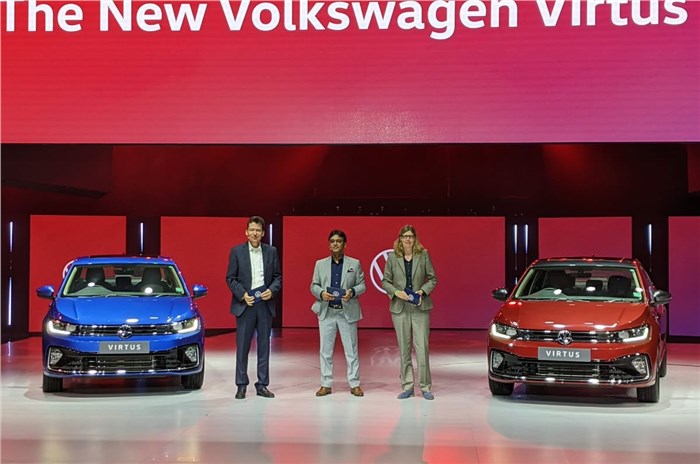We’ve never been all too enthusiastic about all-wheel drive for all-wheel drive’s sake. In our opinion, most vehicles are simply better off just driving two wheels, especially the rears—at least, that was the case before the proliferation of EVs. Since then, we’ve found ourselves more impressed by the EV models with dual motors driving both axles. Why? Because they are often a lot more powerful and far quicker than their two-wheel-drive counterparts. One such example is this 2023 Ariya e-4ORCE, which is Nissan’s funny new nomenclature for its all-wheel-drive electric powertrain.
When we tested the front-wheel-drive Ariya, we were disappointed by its acceleration performance. The regular Ariya’s single electric motor drives the front wheels and makes 238 horsepower, but at 7.5 seconds to 60 mph, that model lacks the satisfying zip we enjoy in other EVs. That changes with the addition of the all-wheel-drive model, which adds a second electric motor that drives the rear wheels and increases the total horsepower to 335 ponies in base Engage guise and to 389 horsepower in the Engage+, Evolve+, and Platinum+ trims.
With two motors on board, the Ariya is far fleeter. We estimate that the higher-powered 389-hp models will hit 60 mph in just 5.0 seconds. That’s not Ford Mustang Mach-E GT levels of performance, but it’s a big improvement and one that makes stop-light launches and highway passing maneuvers more satisfying.
Adding more power doesn’t, however, improve the Ariya’s handling, as the all-wheel-drive model is just as bland as the front-wheel-drive one. Quiet comfort best describes the Ariya’s demeanor, which means that for Nissan devotees coming out of a Murano and looking to go electric, the transition will be seamless.
There is a Sport driving mode, but other than conjuring up an artificial whirring sound and minutely sharpening throttle response, it does little to enhance the EV crossover’s road manners. The Ariya’s all-wheel-drive system will sometimes apply braking to the inside wheels during cornering to combat understeer, but it’s more useful for staying in better control on low-friction surfaces than for hunting apexes. Unseasonably heavy rainfall in Northern California’s Sonoma County provided plenty of wet corners on which to test the system, and it does work reassuringly well at maintaining stability.



